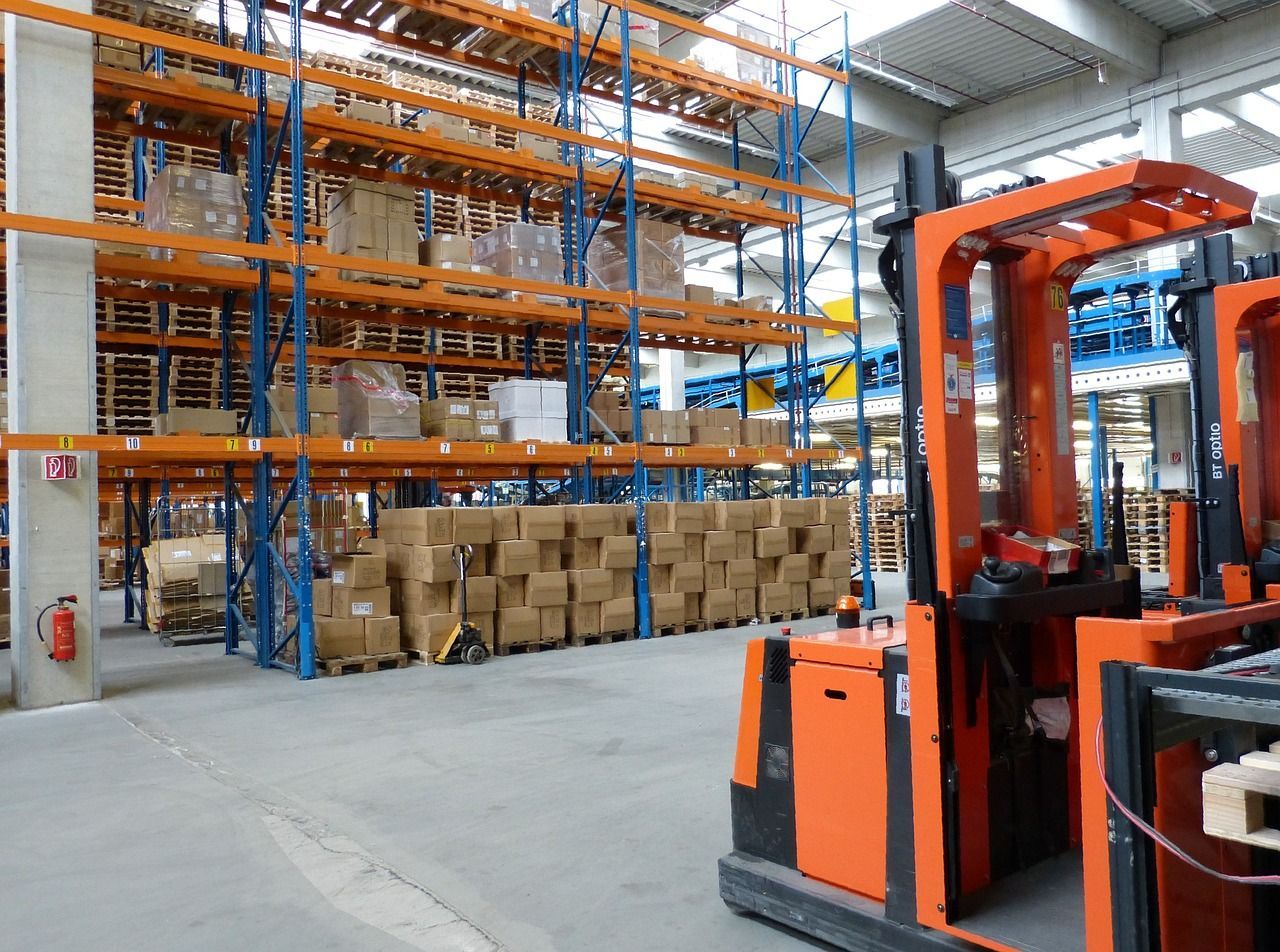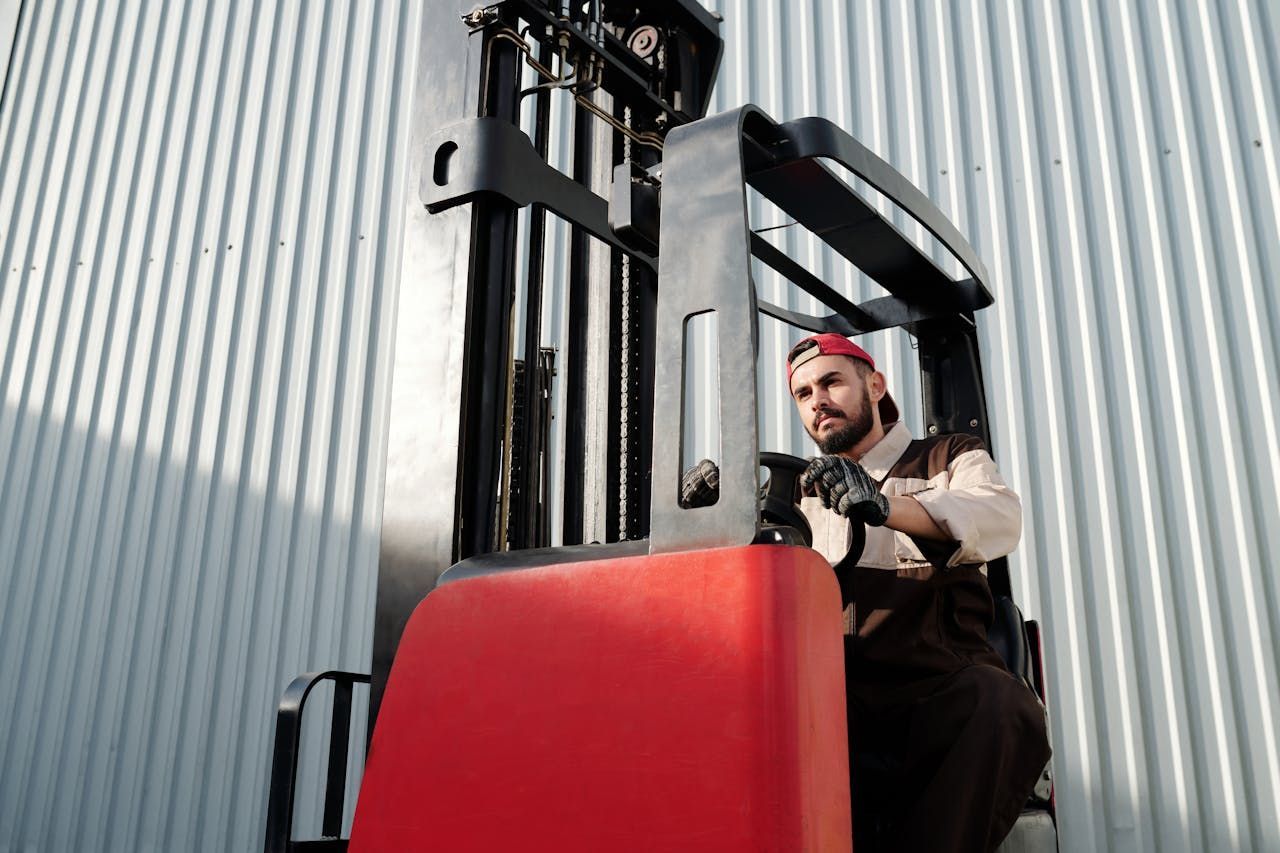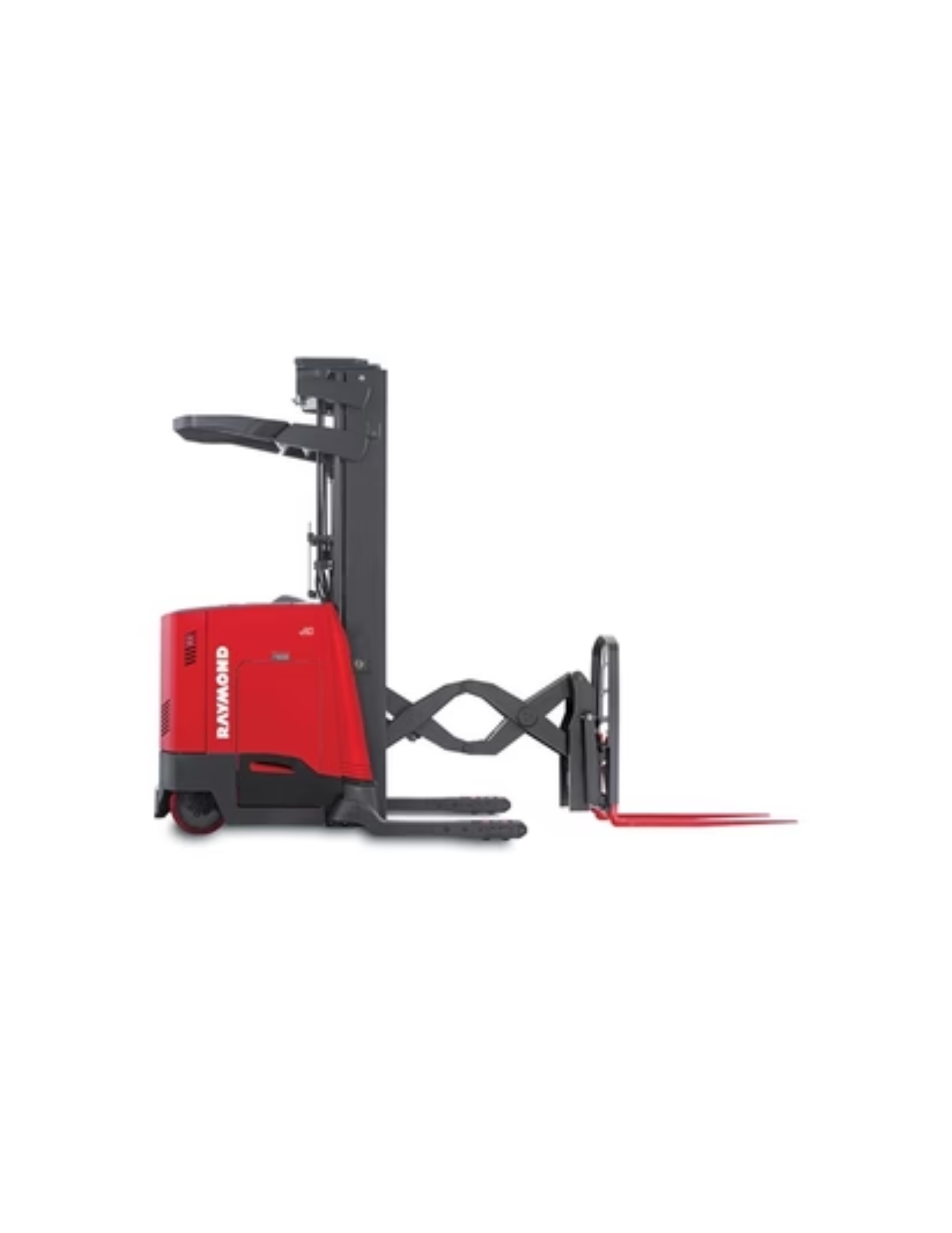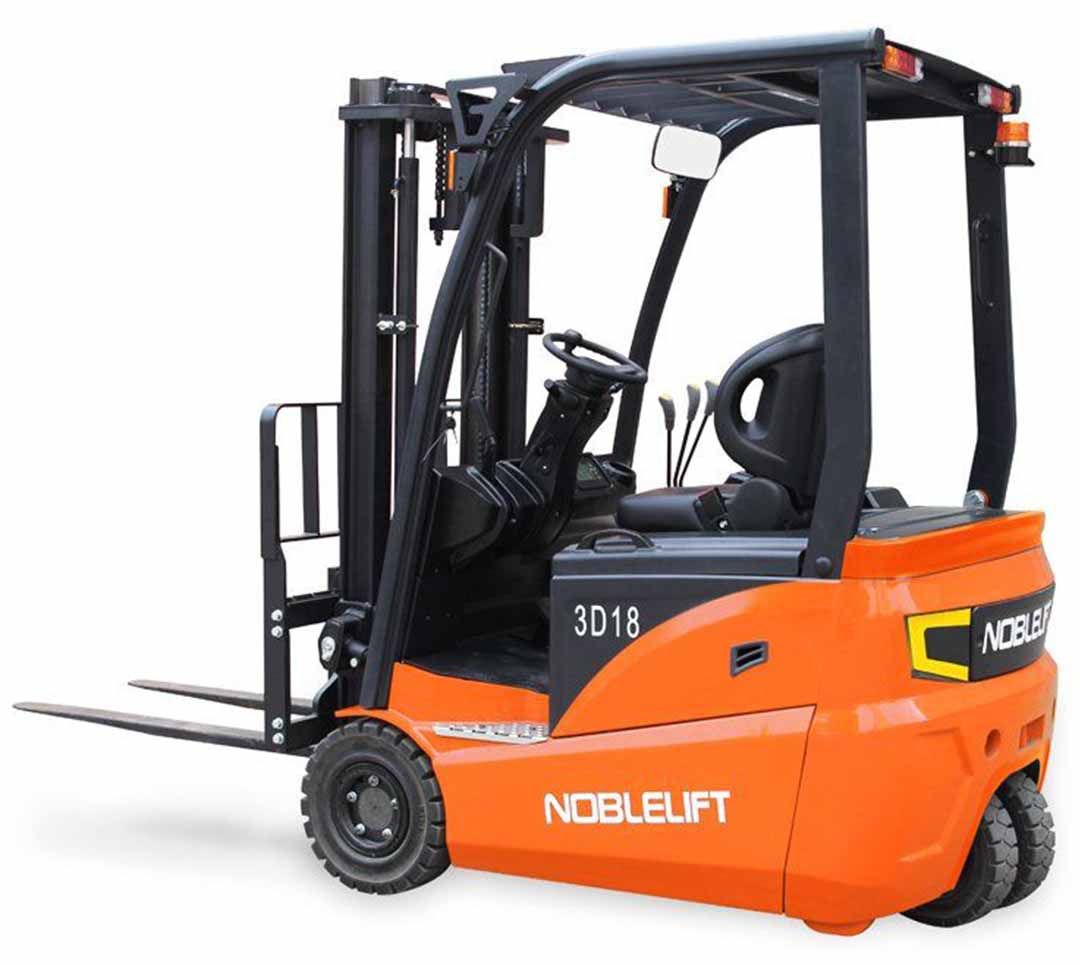Forklift info

As the cogs of industry incessantly turn, forklifts play an indisputably crucial role, ferrying goods from point A to B with resolute determination. Amidst the myriad forklift types that crowd the market, Liquefied Petroleum Gas (LPG) forklifts have risen to prominence. But what exactly are these mechanized beasts of burden? And do their advantages outweigh their limitations? For the uninitiated, an LPG forklift is a kind of industrial truck powered by liquefied petroleum gas. This fuel type brings certain attributes that differentiate LPG forklifts from their diesel or electric counterparts. With that crash course in Forklift 101, let's dive into the ebb and flow of benefits and drawbacks associated with LPG forklifts.

Forklifts, those unassuming powerhouses in every warehouse, carry with them more risks than you might suspect. With thousands of accidents annually, understanding the hazards is critical. In this article, we delve into the hidden perils of forklift operation and suggest preventative strategies to uphold safety standards.
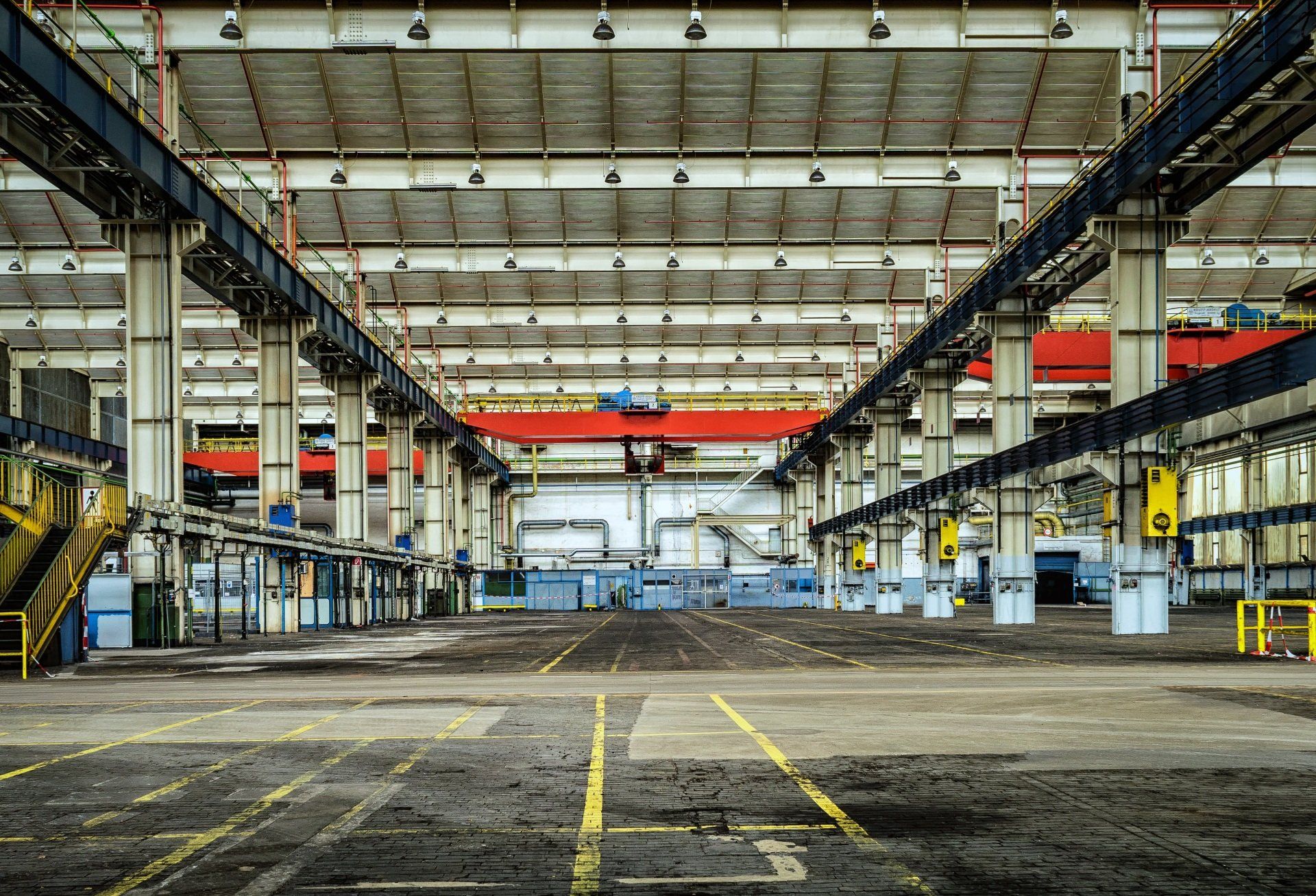
As forklift owners, we often find ourselves pondering the question, "What year is my forklift?" In the case of some brands like Toyota, figuring out, "What year is my Toyota forklift?" can be a bit of a scavenger hunt. Typically, a forklift’s year of manufacture is stamped on the nameplate. This little metal plaque is like the fingerprint of your forklift, holding valuable information about its life story. However, its location can be a bit tricky to find. Let's break it down by brands. For Toyota, the placard is typically near the driver's seat, on the body of the forklift. Same goes for Mitsubishi. So, if you've been wondering, "What year is my Mitsubishi forklift?", rest easy. Just search near the operator's seat. Now, let's shift gears to another well-known brand. If you are a Hyster forklift owner, you might have asked, "What year is my Hyster forklift?" The answer is as simple as checking the frame. It's often there, embossed with the year it rolled off the assembly line. Looking at Clark forklifts, it's a slightly different story. You might wonder, "How do I tell what year my Clark forklift is?" or "What year is my Clark forklift?" Well, the identity of your Clark forklift is usually under the seat or near the front wheels. Keep an eye out for that identification plate. When it comes to Caterpillar, the question, "What year is my Caterpillar forklift?" isn't so hard to answer either. The nameplate is often on the front, near the operator's station, or on the mast's side. For Crown forklifts, the answer to the question, "What year is my Crown forklift?" can usually be found by checking under the seat or near the overhead guard. And what about Komatsu forklifts? Well, you may ponder, "What year is my Komatsu forklift?" A quick peek under the seat or close to the mast should clear up that mystery. In conclusion, no matter the brand of your forklift, finding out its year of manufacture can be a fun little adventure, a detective game you play in your warehouse. The answers to your questions - "What year is my forklift?" "How do I find out what year my forklift is?" – lie in your forklift itself. So grab a flashlight and happy hunting! The knowledge of your forklift's year can help you determine the parts you need, anticipate necessary maintenance, and improve your understanding of its value. Remember, each forklift has its own story, and you are a significant part of that narrative.

The dynamic world of forklifts is a landscape marked by innovation, versatility, and a constant drive for enhanced efficiency. Today, we're embarking on an in-depth exploration of this landscape, focusing on the many forklift brands that define it. It's a wide-ranging journey, so let's jump right in and start with our esteemed sponsor and a trailblazer in the field: Noblelift.



